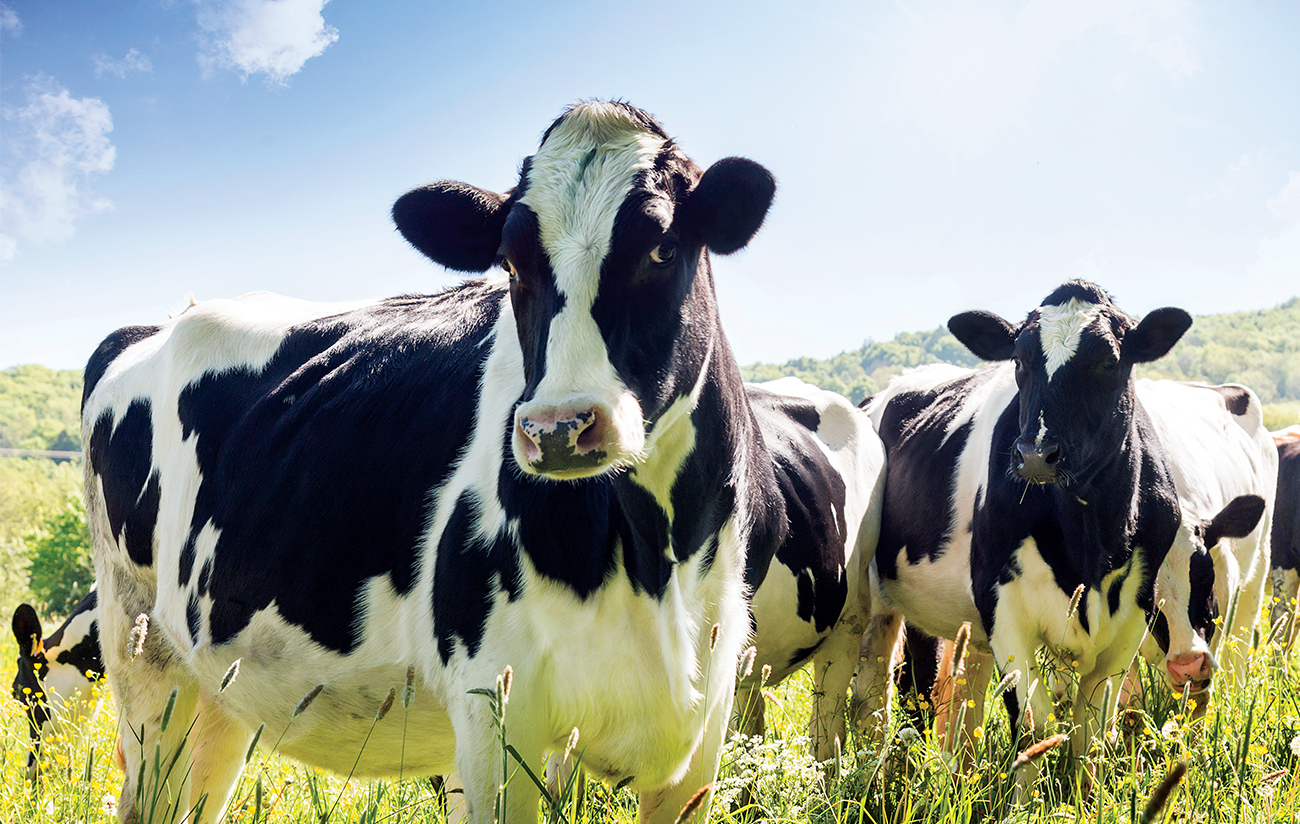Introduction
Fonterra Dairy Co-Operative Group Limited, the world’s leading dairy exporter, needed to improve price transparency, forward price information and price risk management for its customers. This would also benefit all participants in the dairy industry.
CRA International, Inc. d/b/a Charles River Associates (CRA) designed and developed the Global Dairy Trade (GDT) electronic trading platform. The trading mechanism is based on sound economics and auction theory, as well as CRA’s extensive experience in bidding mechanisms and market design. CRA has also been the independent trading manager for the trading events (starting with the first trading event in 2008), where sellers (including Fonterra) and buyers from around the world participate in the trading event auctions.
Transaction volume and value have reached 10 million metric tons and US$34 billion respectively over more than 300 trading events to date.
Problem Description
Similar to oil refineries processing crude oil, dairy processing plants process fluid milk into intermediate products — for international trade, generally into powdered products. Examples of globally traded dairy products include whole milk powder, skim milk powder, and anhydrous milk fat.
This presents an optimization opportunity in the dynamic market for global dairy products: What are the optimal auction market design and pricing algorithm that will support an efficient price discovery process to reveal competitive equilibrium clearing prices reflective of current and expected future supply and demand conditions in the dairy industry?
CRA designed and developed both the simultaneous multiple-round ascending-price clock auction for GDT as well as a sophisticated price adjustment algorithm that reflects the complexities, constraints, and opportunities in achieving competitive equilibrium prices.
Key challenges include:
- As many as 100 or more dairy products and spot and forward contracts are offered for trade simultaneously — because they are related as substitutes and/or complements — by several sellers to hundreds of buyers.
- Competitive equilibrium clearing prices need to be discovered within a fairly short period of time (2 to 2.5 hours) via a series of bidding rounds.
CRA’s Solution
In addition to the auction format and rules, CRA designed and developed a parameterized, sophisticated price adjustment algorithm that provides for an efficient and quick price discovery mechanism. The following diagram is an overview of the workflow.
Fig 1. CRA’s TSEM™: GAMS Workflow (MCG: Milk Components Group; PIOM: Price Increment Optimization; DSUB: Demand-side SUBstitutability)

At the end of each bidding round, the algorithm takes as input various supply parameters (quantities, reserve prices, cost parameters) provided by each supplier (which reflect their processing capabilities, constraints, and supply-side substitutability opportunities). The algorithm also takes as input information about demand levels, preferences, and sensitivities (updated dynamically and endogenously during the auction via a learning process).
Then GAMS solves a series of models. First, an optimal solution is found for the “Milk Components Group” model, and this result is used as input for the “Price Increment Optimization” model, for which an optimal solution is found, and this result is used as input for the “Demand-side Substitutability” model, for which an optimal solution is found. The result is a vector of price increments and prices to support the simultaneous multiple-round ascending-price clock auction process to achieve competitive equilibrium prices for all products and contracts simultaneously and quickly over a series of bidding rounds. The efficient price discovery mechanism supports, and is reflective of, each seller’s manufacturing capabilities and costs, and each buyer’s preferences over substitutable products (via price arbitrage) and complementary products (via preferred portfolios and combinations).
CRA’s algorithm and the implemented GAMS model are generic, flexible, and scalable via a rich and robust set of parameters.
Participation in GDT trading event auctions has grown from one seller and a handful of products and contracts to several sellers and one hundred or more products and contracts. The algorithm and GAMS model continue to perform exceptionally well as GDT trading events have grown.
CRA’s algorithm is a component of CRA’s trading platform, Trading System for Efficient Markets (TSEM™). In addition to its use for CRA’s GDT trading event auctions, TSEM™ also is applicable for other CRA clients and industries. The following is an overview of how CRA’s algorithm and models are integrated into the IT ecosystem of CRA’s TSEM™ trading platform.
Fig 2. CRA’s TSEM™: Integration of GAMS in IT Ecosystem

The following chart shows how the price increment algorithm solved by the GAMS models determines optimal price adjustments across bidding rounds to converge smoothly to supply-demand equilibrium, discovering competitive market clearing prices.

As prices (solid lines) increase, demand (height of vertical bars) falls, until a bidding round is reached (in this case, round 8) when demand (height of vertical bars) falls within the supply range (dashed horizontal lines) – i.e., convergence to competitive supply-demand equilibrium. Different colors refer to different product specs (grades) within the same product group or sales group – there are constraints and optimization at multiple, interdependent levels of supply simultaneously given the supply-demand structure. This chart shows only a small subset of the approx 100 different products.



